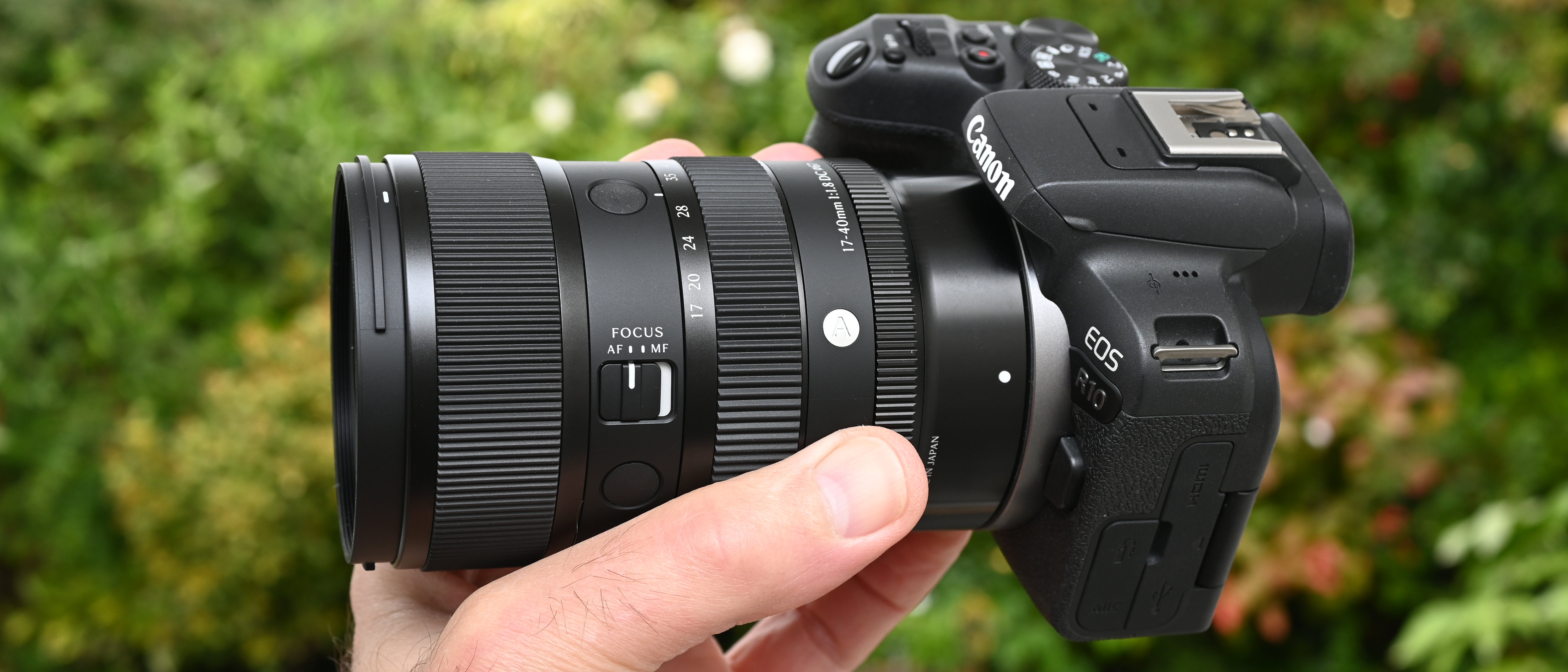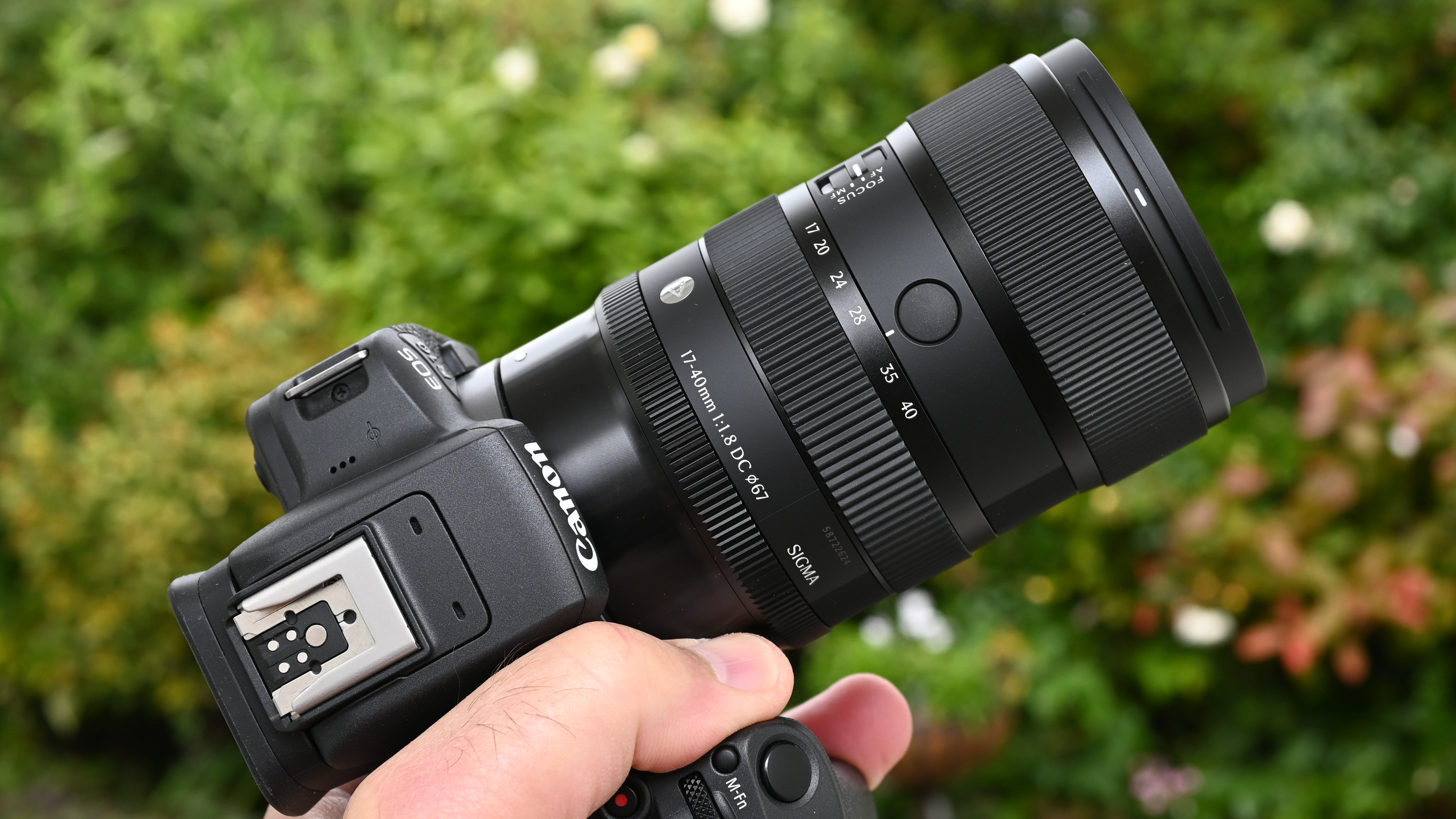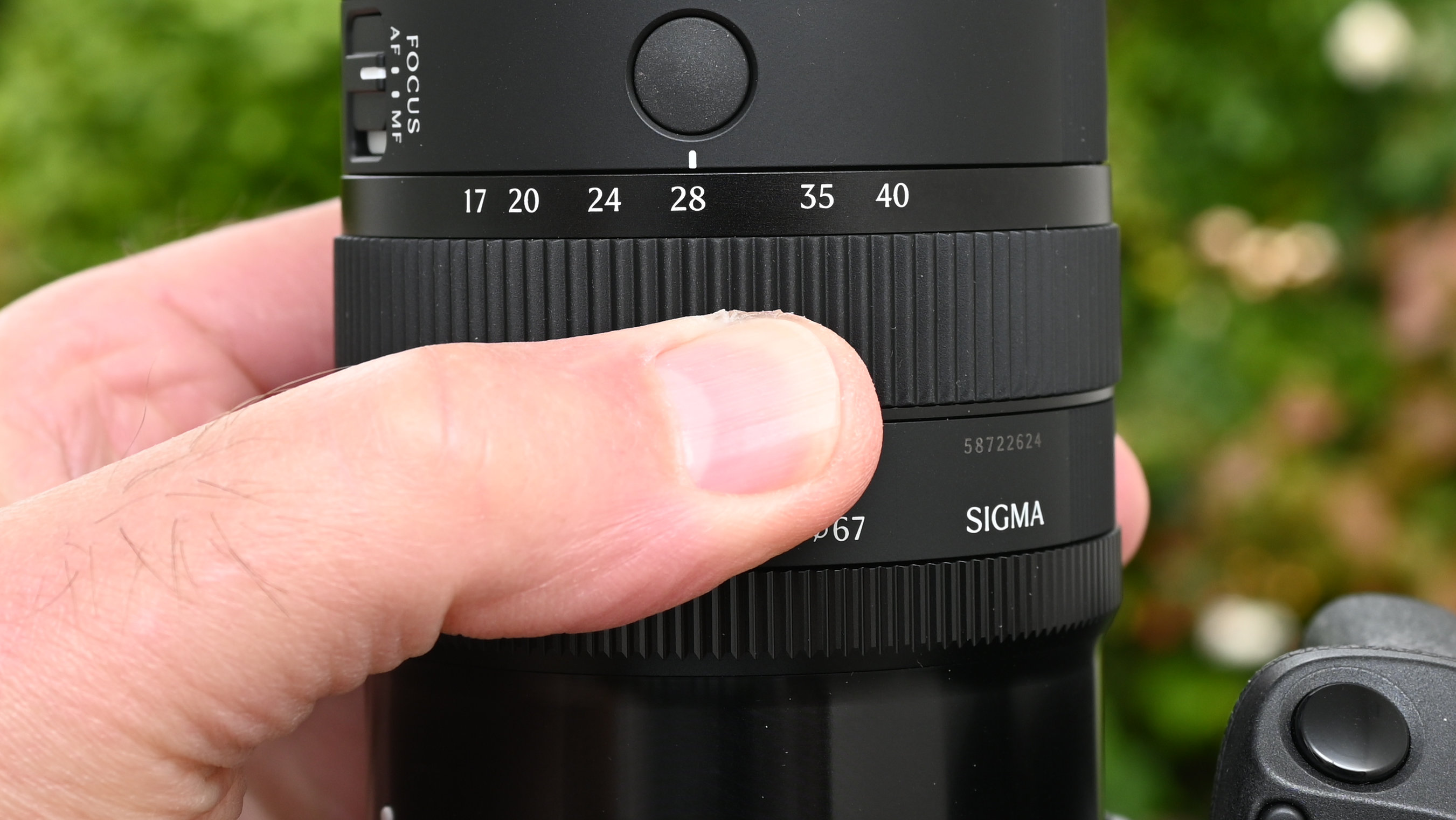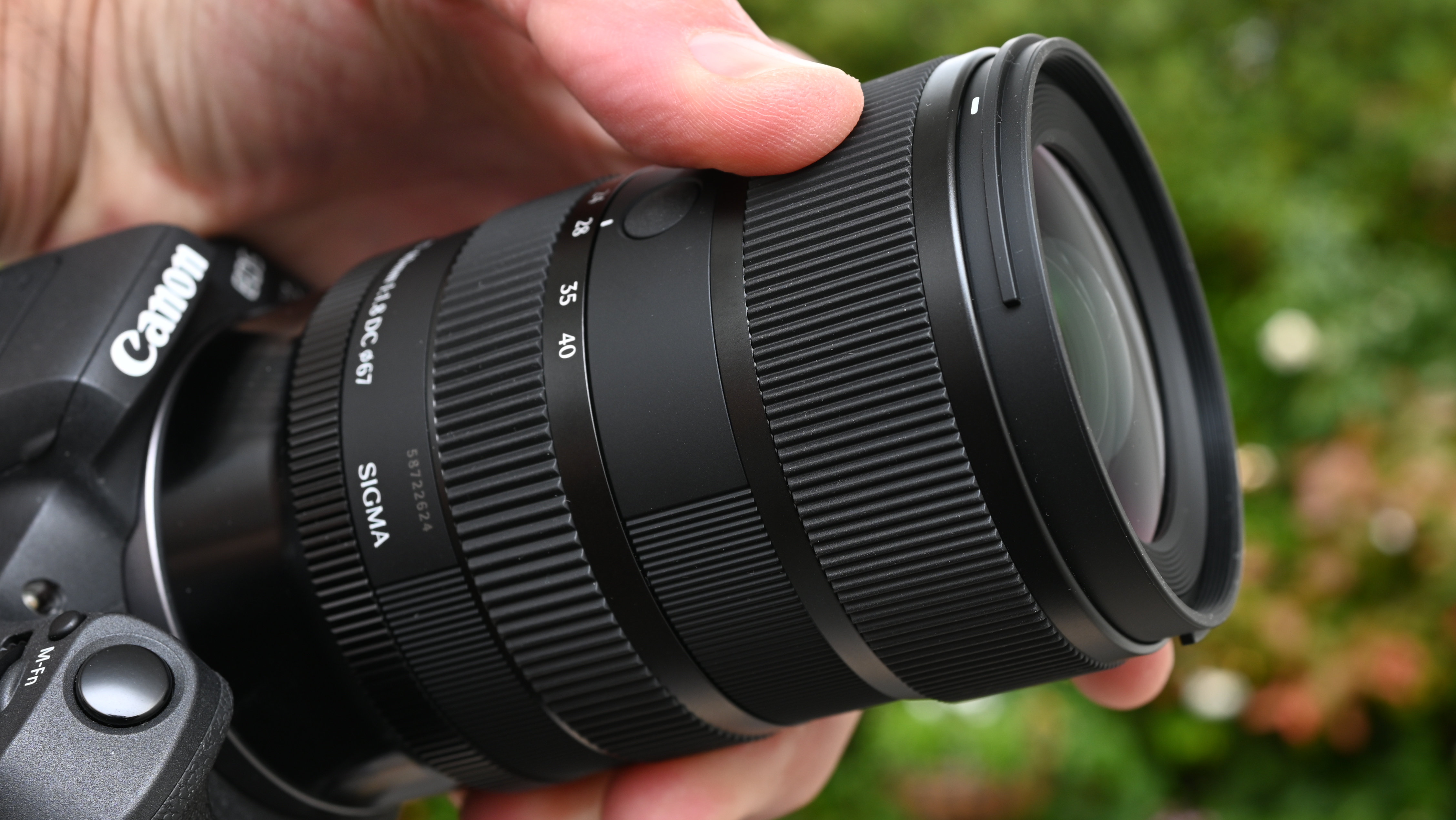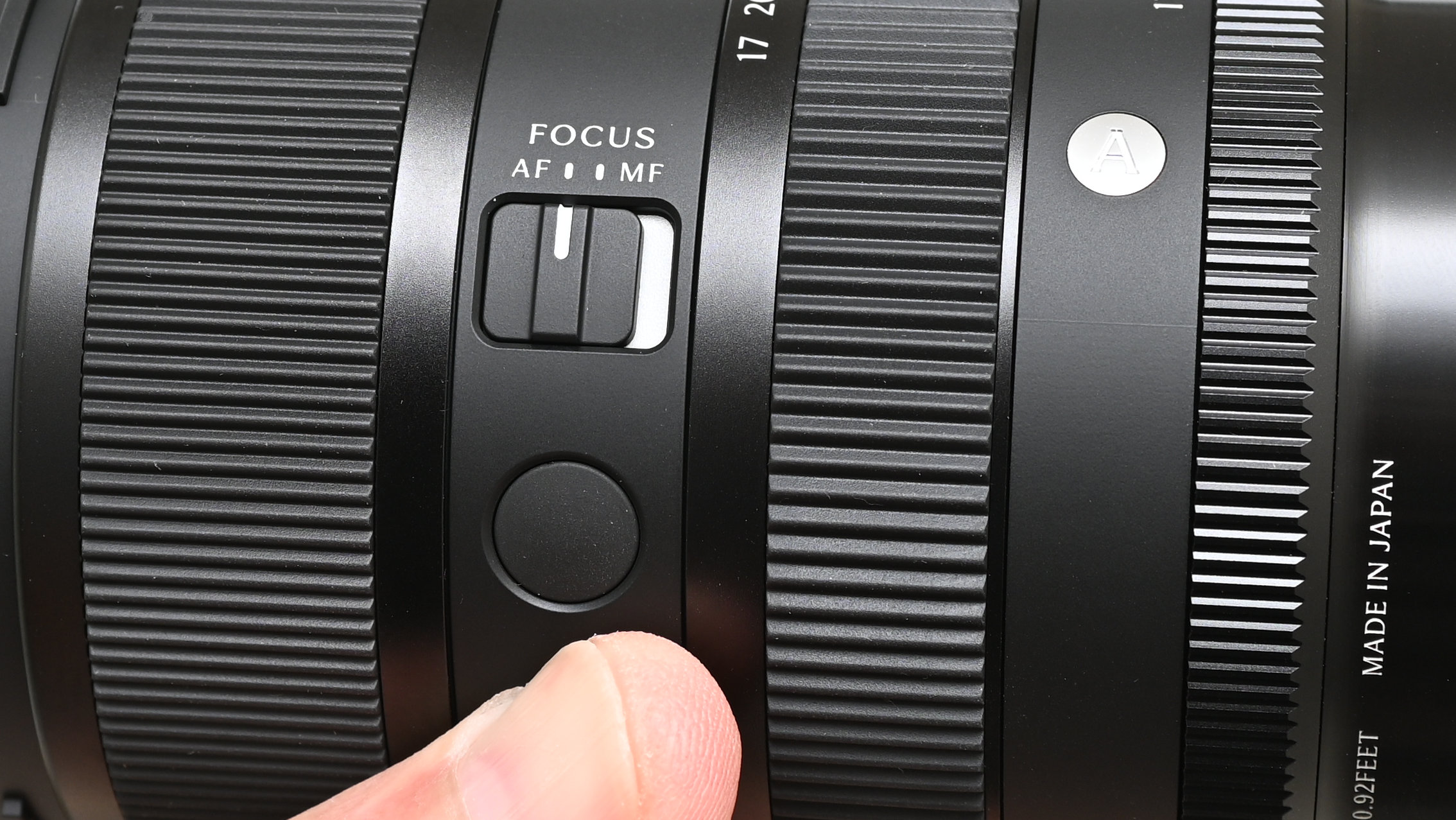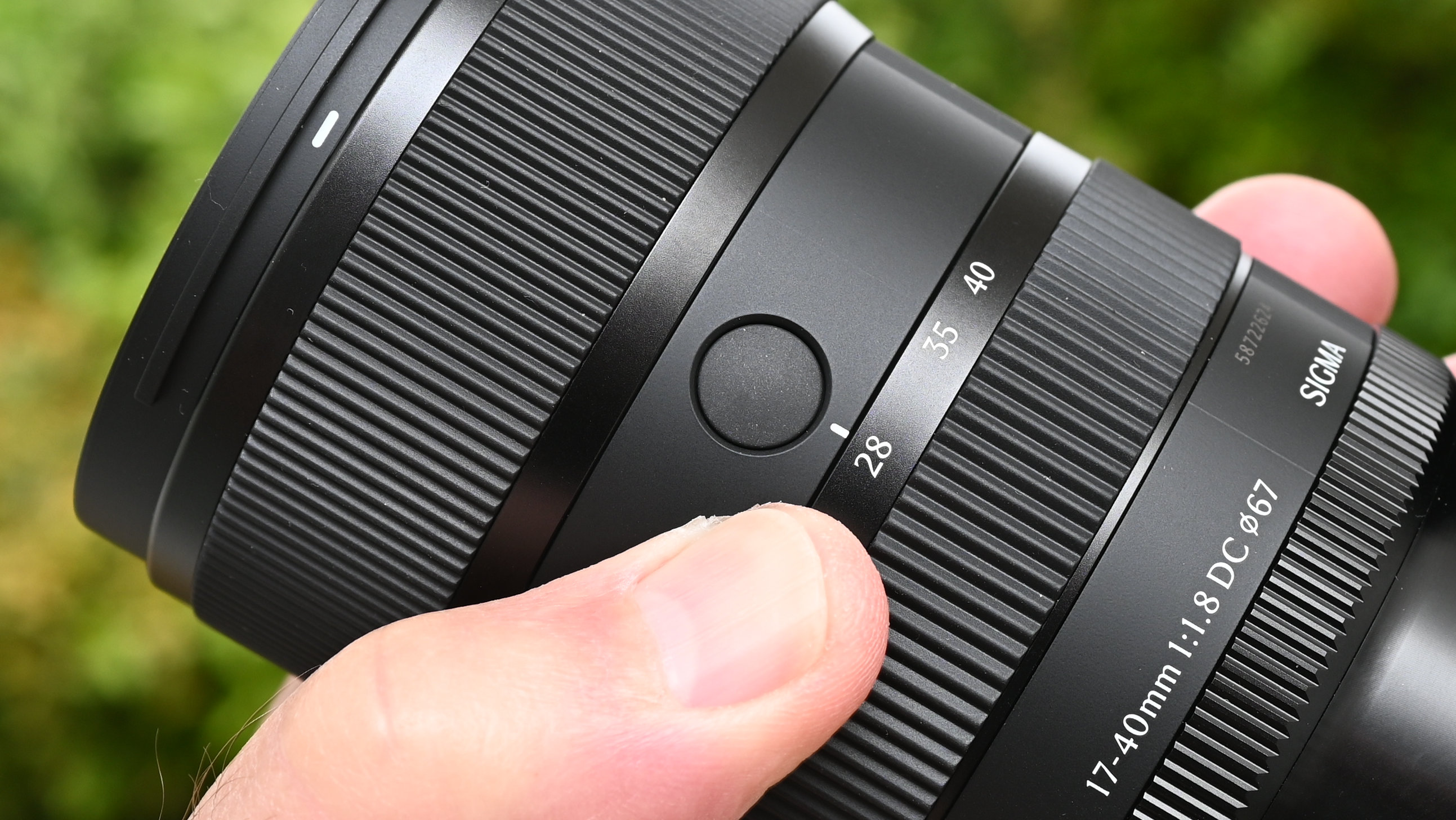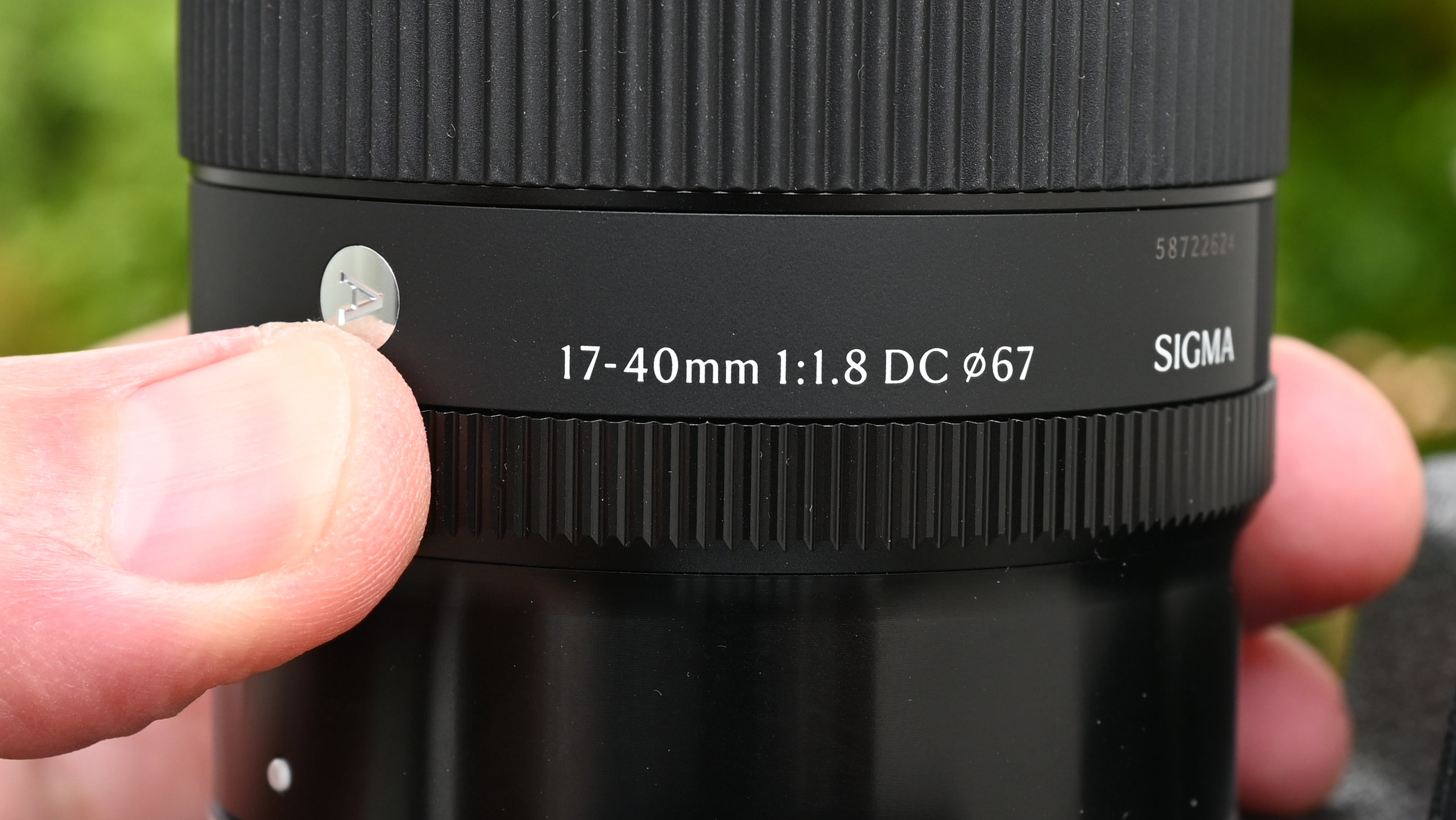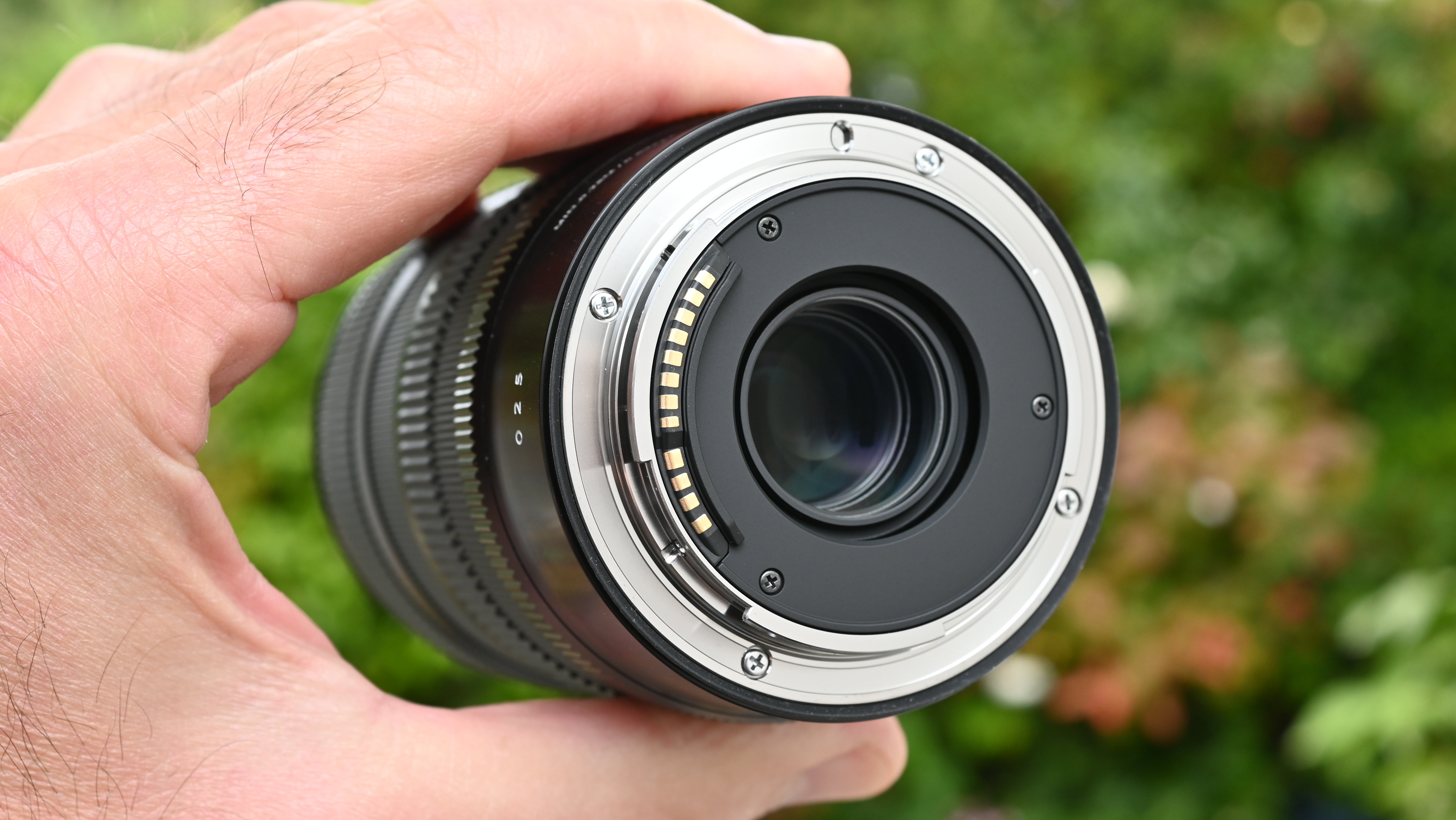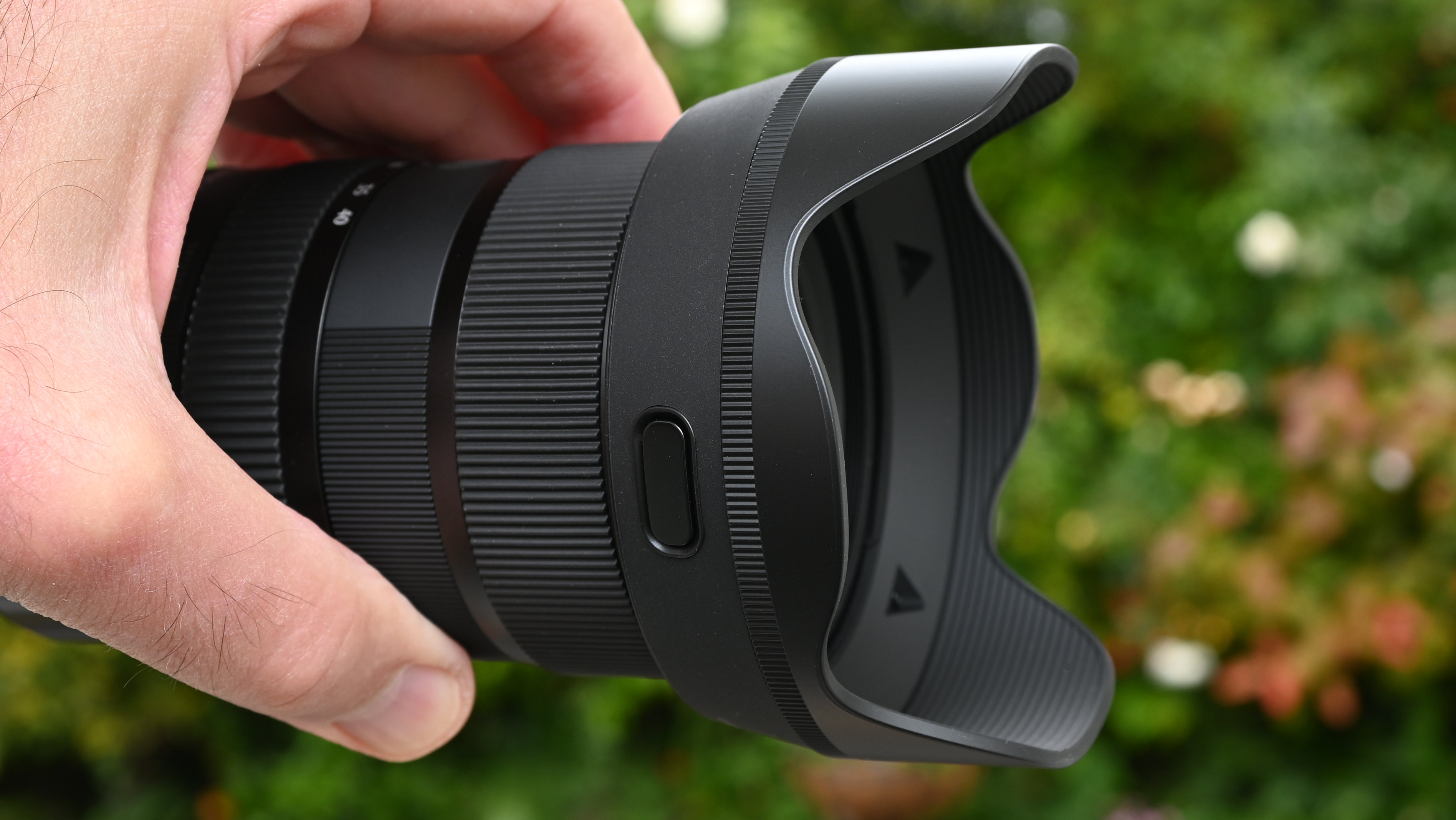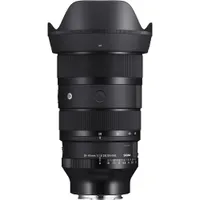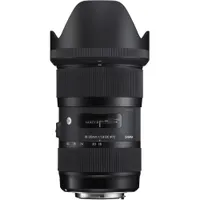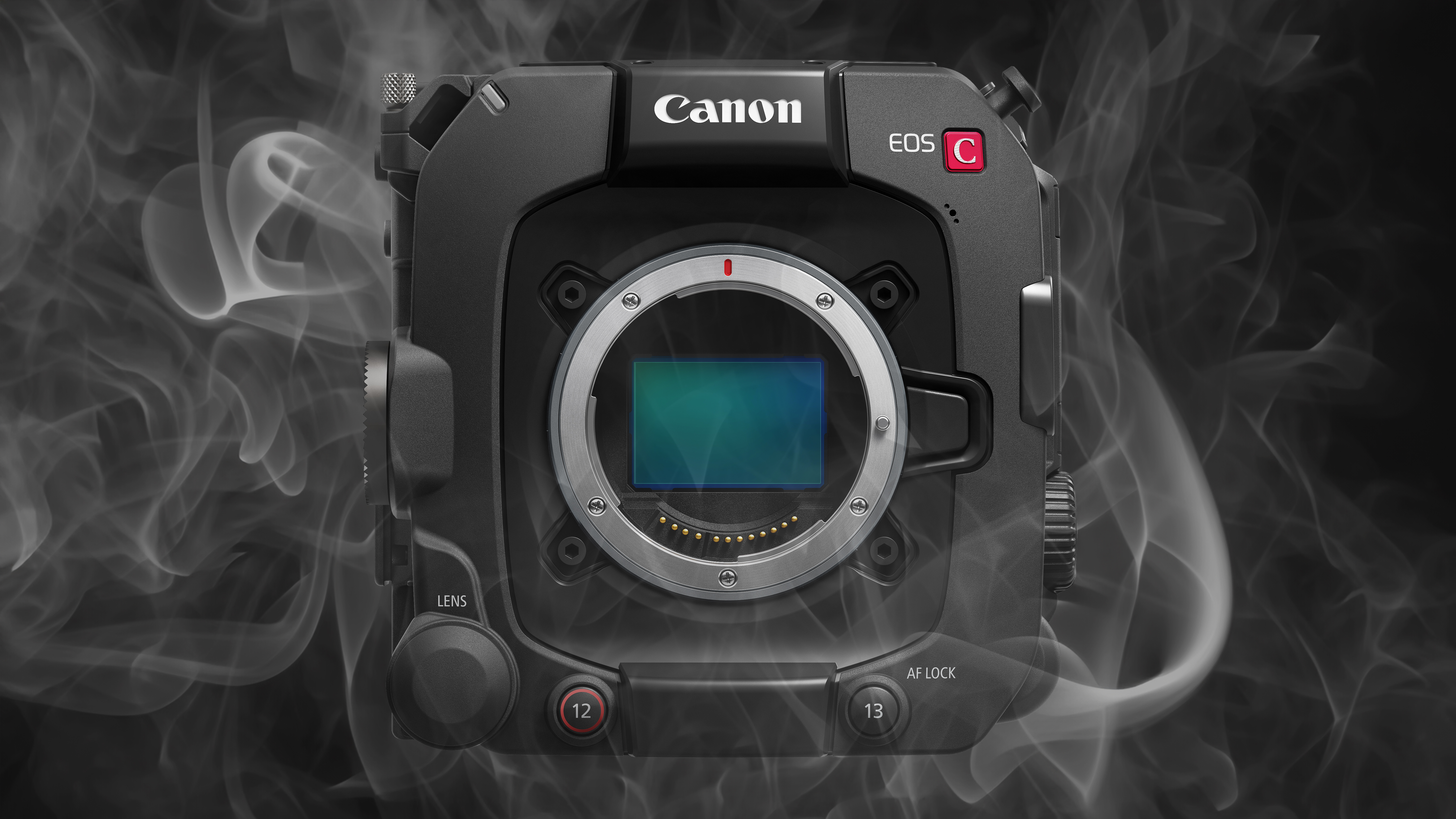Digital Camera World Verdict
I reckon the Sigma 17-40mm f/1.8 DC | A is a pretty epic lens. I’m not a fan of ‘trinity’ f/2.8 zooms for full-frame cameras as they’re generally big, heavy, expensive and not really that fast, compared with prime lenses. This Sigma for APS-C cameras is as fast as many primes, and 1.33 f/stops faster than an f/2.8 zoom, while also being refreshingly compact and lightweight. It’s also a great performer with lovely image quality and handling, and is standout value at the price. I’m loving it!
Pros
- +
Fast and constant f/1.8 aperture
- +
Approx 26-60mm ‘effective’ zoom
- +
Excellent all-round performance
- +
Great build quality and handling
Cons
- -
Limited mount options
- -
Typical reliance on distortion correction
Why you can trust Digital Camera World
I’ve not seen an APS-C lens quite like Sigma 17-40mm f/1.8 DC | A since back in 2013, when the company took me by surprise and launched the Sigma 18-35mm f/1.8 DC HSM | A.
From the company’s ‘Art’ stable of lenses, it was built for APS-C format Canon and Nikon DSLRs, as well as Sigma's SA mount cameras. The fast and constant f/1.8 aperture made the lens feel (approximately) like a trilogy of 28mm, 35mm and 50mm prime lenses all rolled into one convenient package.
The new Sigma 17-40mm f/1.8 DC Art has been redesigned from the ground up, for the mirrorless generation. It’s smaller, much lighter and has an even bigger zoom range, equating to 25.5-60mm for Fujifilm X, Sony E and L-Mount APS-C cameras, and to 27.2-64mm for Canon EOS R system APS-C cameras (I tested the new lens with a Canon EOS R10).
It’s a definite contender for being one of the best standard zoom lenses for every mount option it’s made in. It’s just a shame there aren’t more of them.
Sigma 17-40mm f/1.8 DC | A: Specifications
Mount options | Canon RF-S (reviewed), Fuji X, Sony E, L-mount |
Lens construction | 17 elements in 11 groups |
Angle of view | 79.7 to 39.1 degrees |
| Full frame | No |
| Image stabilization | No |
| Autofocus | No |
Diaphragm blades | 11 |
Minimum aperture | f/16 |
Minimum focus distance | 0.28m / 0.93ft |
Maximum magnification | 0.21x |
Filter size | 67mm |
Dimensions | 73x116mm / 2.9x4.6in |
Weight | 535g / 18.9oz |
Sigma 17-40mm f/1.8 DC | A: Price & Availability
The veteran Sigma 18-35mm f/1.8 DC HSM | A has been on sale for well over a decade and has a typical selling price of around $879 / £699 / AU$899.
I’d expect a brand new mirrorless counterpart with more exotic handling characteristics to be significantly more expensive but the new 17-40mm is very reasonably priced at $919 / £779 / AU$TBC. I reckon it’s a genuine bargain.
For comparison, the full-frame compatible Sigma 28-45mm f/1.8 DG DN | A that I reviewed about a year previously costs $1,299 / £1,299 / AU$2,499.
The best camera deals, reviews, product advice, and unmissable photography news, direct to your inbox!
Sigma 17-40mm f/1.8 DC | A: Design & Handling
As I said at the start, I’m not the biggest fan of ‘trinity’ zooms as I feel that they’re generally big, weighty, cumbersome and very expensive.
That said, there’s an increasing number of relatively lightweight, affordable alternatives from own-brand camera manufacturers and third-party lens makers including the Sigma 28-70mm f/2.8 DG DN | C for full-frame mirrorless cameras.
An important distinction is that, while the 17-40mm lens is designed for APS-C format instead of full-frame cameras, it’s from Sigma’s more prestigious Art line-up, rather than from the typically more compact and budget-friendly Contemporary stable.
One of the biggest attractions of any zoom lens is simply that it’s a zoom. You get the versatility of adjusting your composition with just the twist of a zoom ring. In this case, the zoom ring works smoothly and precisely, taking you from fairly generous wide-angle coverage to a short telephoto length, and everything in-between.
I’m a little surprised (and very pleasantly so) that the zoom mechanism for the lens is completely internal, so the physical length doesn’t change at any zoom setting. That not only helps to keep the weight centered if you’re using a tripod or gimbal, but also reduces the risk of moisture and dust getting into the lens.
The lens is fitted with one of Sigma’s HLA (High-response Linear Actuator) autofocus systems. Based on a linear stepping motor, it’s designed to offer snappy and precise autofocus for stills, along with smooth and virtually silent transitions for shooting video.
In addition, the lens is designed to minimize focus breathing, further enhancing its credentials for hybrid stills/video shooting.
I’m pleased that Sigma has fitted an AF/MF focus mode switch to the lens. It makes it quick and easy to switch between autofocus and manual focus modes, especially when using cameras that don’t have a body-mounted switch for this, forcing you to navigate time-wasting menus systems to make the change.
Just below the switch is one of two function buttons, which I’ll come to next.
Dual function buttons are fitted to the side and top of the lens. Typically used for AF-hold or AF-on, their function can be customized in most cameras. Having two of them placed at a 90° offset makes for easy operation in both landscape and portrait orientation shooting.
Unlike some lenses that feature dual-function buttons, they can’t be assigned to two different functions, which I think is fair enough.
While there’s a focus ring at the front and a zoom ring in the middle, there’s also a third control ring at the rear. Again, it’s knurled for grippy and comfortable use. In most mount options of the lens, it acts purely as an aperture control ring and comes complete with an A (Auto) locking switch and click / de-click switch.
The Canon RF-S mount option of the lens is different in that the control ring is customizable and can be assigned to other functions instead of just aperture control. As such, it follows suit with the additional control ring in some own-brand Canon lenses and doesn’t have a locking switch or a click / de-click switch.
For a zoom lens with such a fast and constant f/1.8 aperture, the Sigma is surprisingly compact and lightweight, measuring 73x116mm / 2.9x4.6in and weighing only 535g / 18.9oz. That’s a weight saving of about 30% compared with the older 18-35mm f/1.8 lens, despite the 17-40mm having a bigger zoom range.
Better still, despite being small and light, the lens feels really well made. The zoom and focus mechanisms are both fully internal, weather seals are incorporated and the front element has a fluorine coating to repel moisture and grease.
Optical highlights include four SLD Special Low Dispersion) elements and four high-precision aspherical elements. The aim is to optimize sharpness, clarity and color performance while minimizing unwanted aberrations and driving down the size and weight.
Sigma’s Super Multi-Layer Coating is also applied to minimize ghosting and flare.
Sigma 17-40mm f/1.8 DC | A: Performance
How sharp do you like it? I’ve seen plenty of fast lenses in my time that are disappointingly soft at their widest aperture setting. Unless you want a specifically soft look for effect, that rather negates the advantage of having a fast lens, to my mind.
I’m happy to say that the Sigma is impressively sharp even at f/1.8, from the center of the frame right out to the extreme edges and corners.
Sure there’s a bit of a drop-off in sharpness when combining the shortest focal length of 17mm with the fastest aperture of f/1.8, but that’s not really surprising. And even then, edge / corner sharpness at 17mm gets well and truly into its stride at f/2.8.
Naturally, there’s more than sharpness in a fast lens that’s so appealing. Another critical aspect is the quality of bokeh. Again, the Sigma does very well in this respect.
The tight depth of field at f/1.8 enables lots of background blur, especially towards the longer end of the zoom range.
Bokeh looks soft and smooth when shooting wide open and remains of very good quality when stopping down a little, thanks in part to the particularly well-rounded 11-blade aperture diaphragm.
For shooting close-ups you can get quite a tight depth of field even at the shortest zoom setting with narrower apertures than f/1.8.
Not just for shooting under low lighting conditions or for specialist applications, the Sigma is simply a great standard zoom for everyday shooting.
It doesn’t have the outright zoom range of some competitors but I think its fast aperture makes it even more versatile, regardless.
Sigma 17-40mm f/1.8 DC | A: Sample Images
The following gallery of example images was shot in the cathedral and Bishop’s Palace Gardens in the English Somerset city of Wells. Ambient indoor lighting was used for the cathedral shots, while outdoor lighting was mixed with intermittent cloud cover.





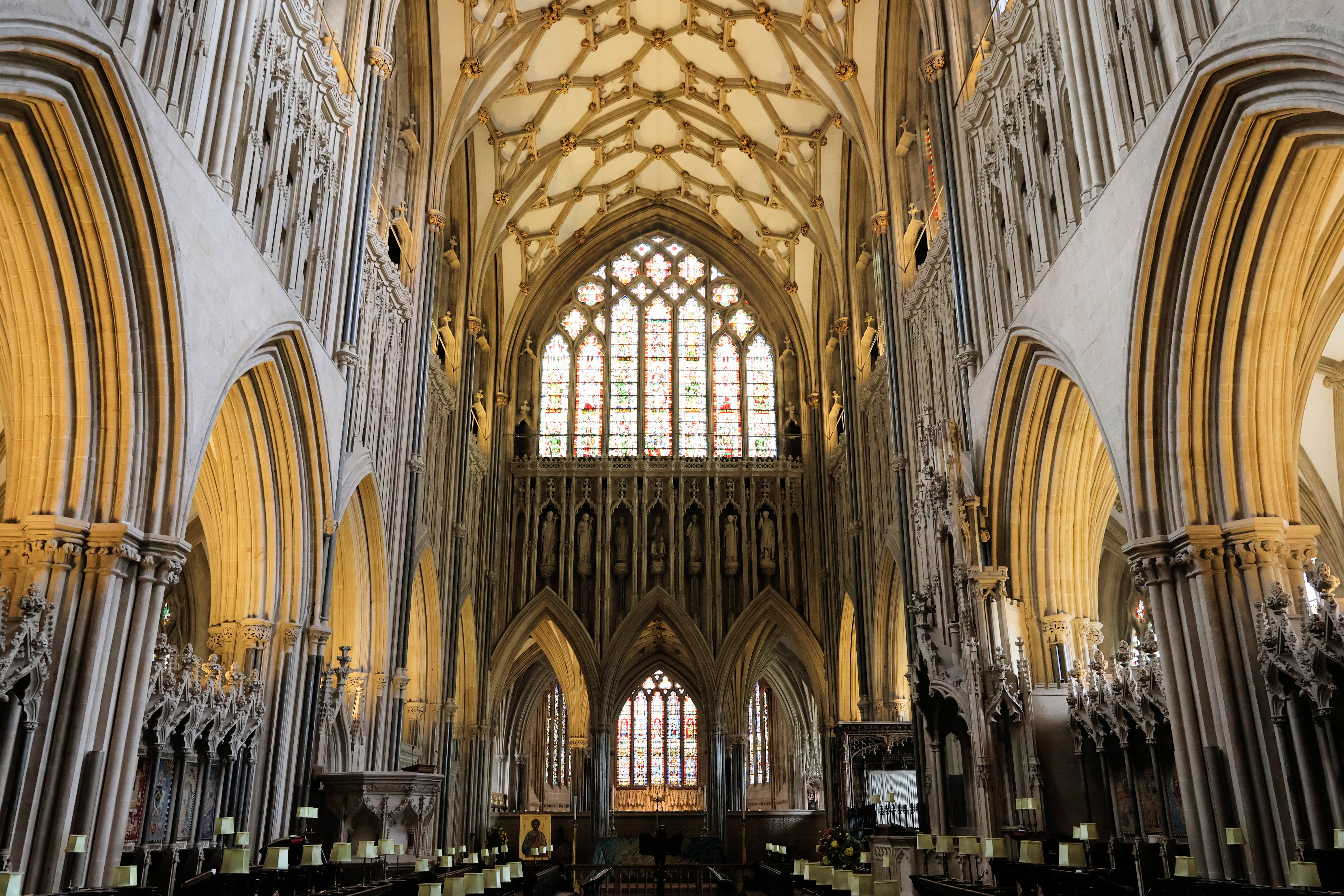
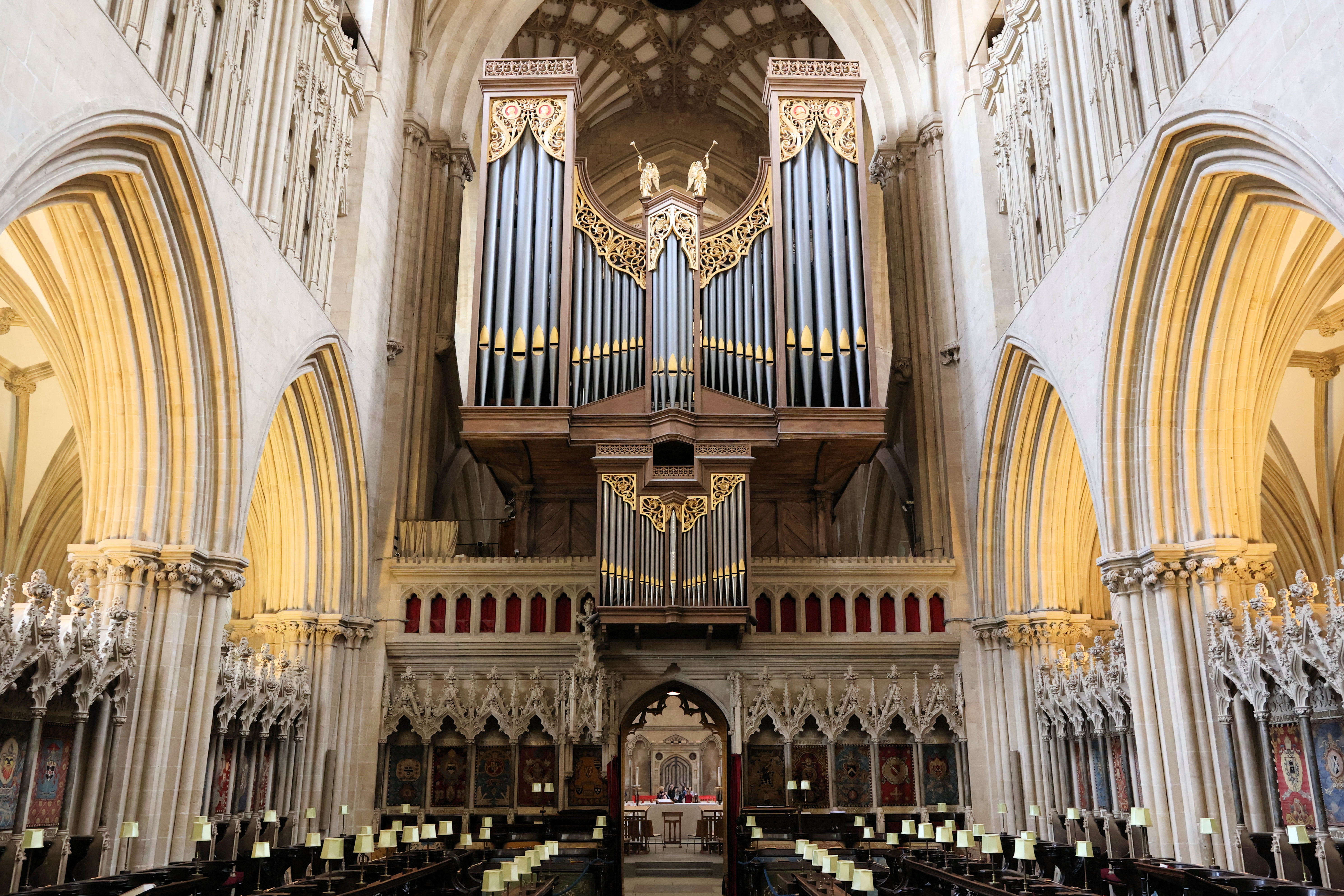




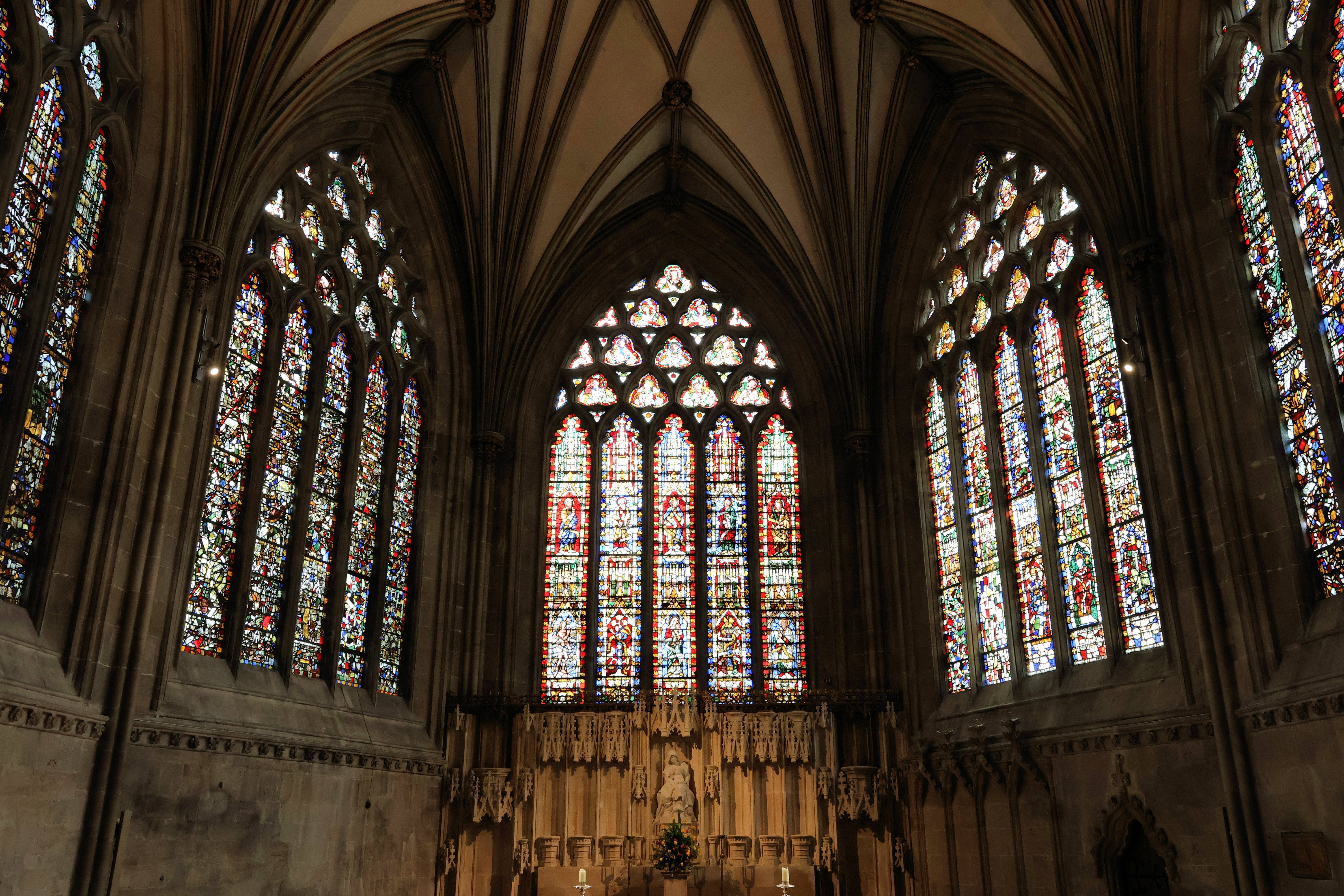
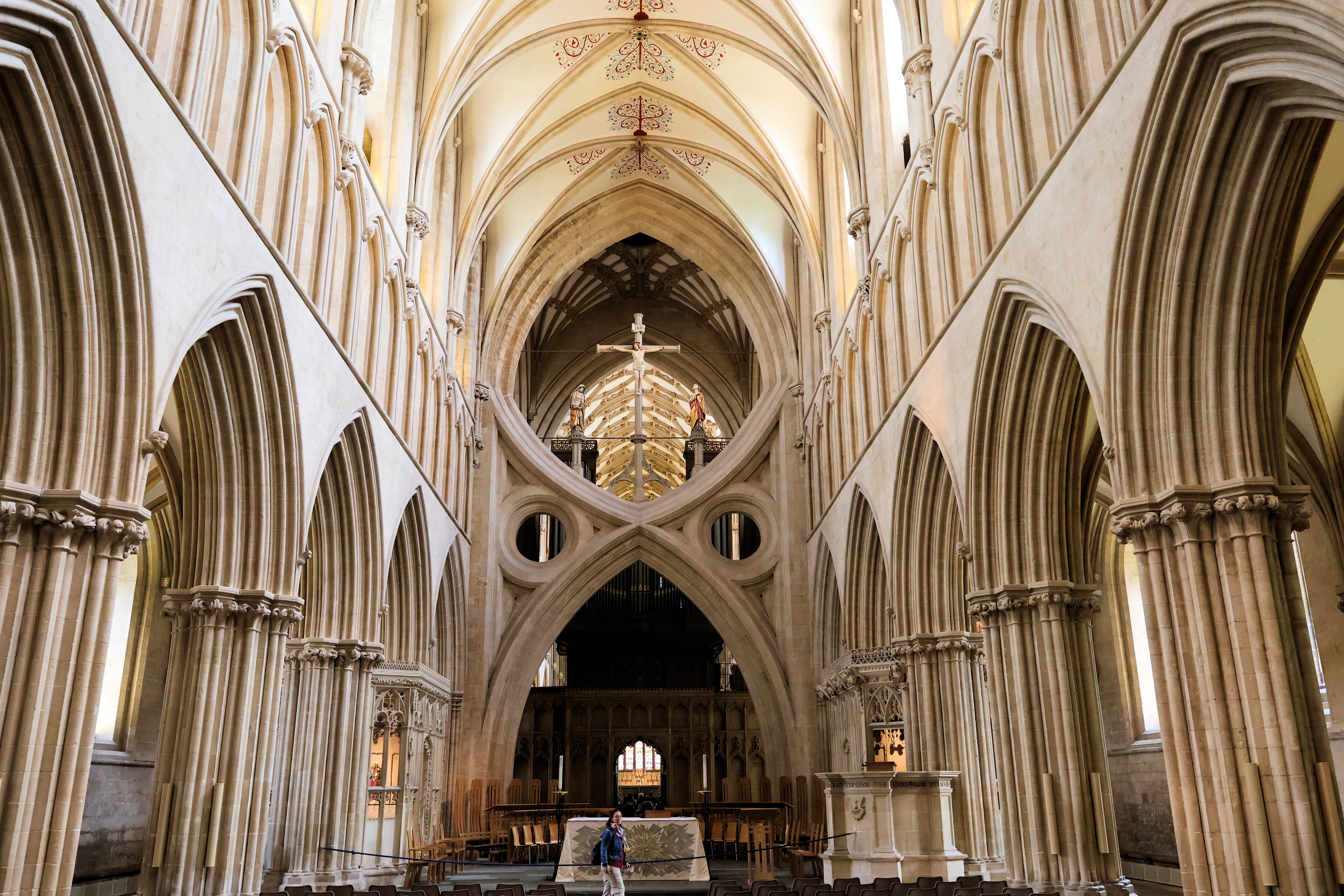


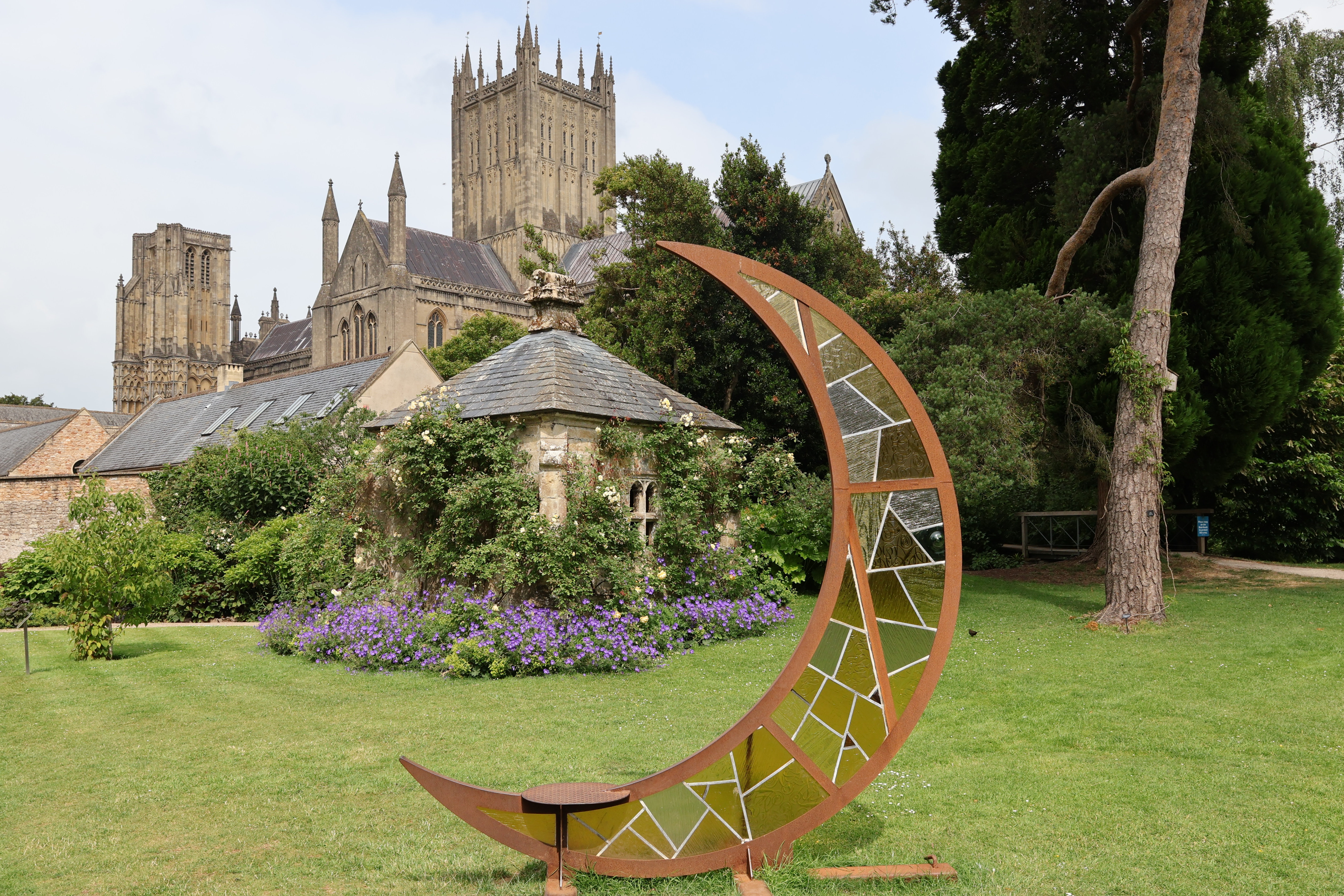

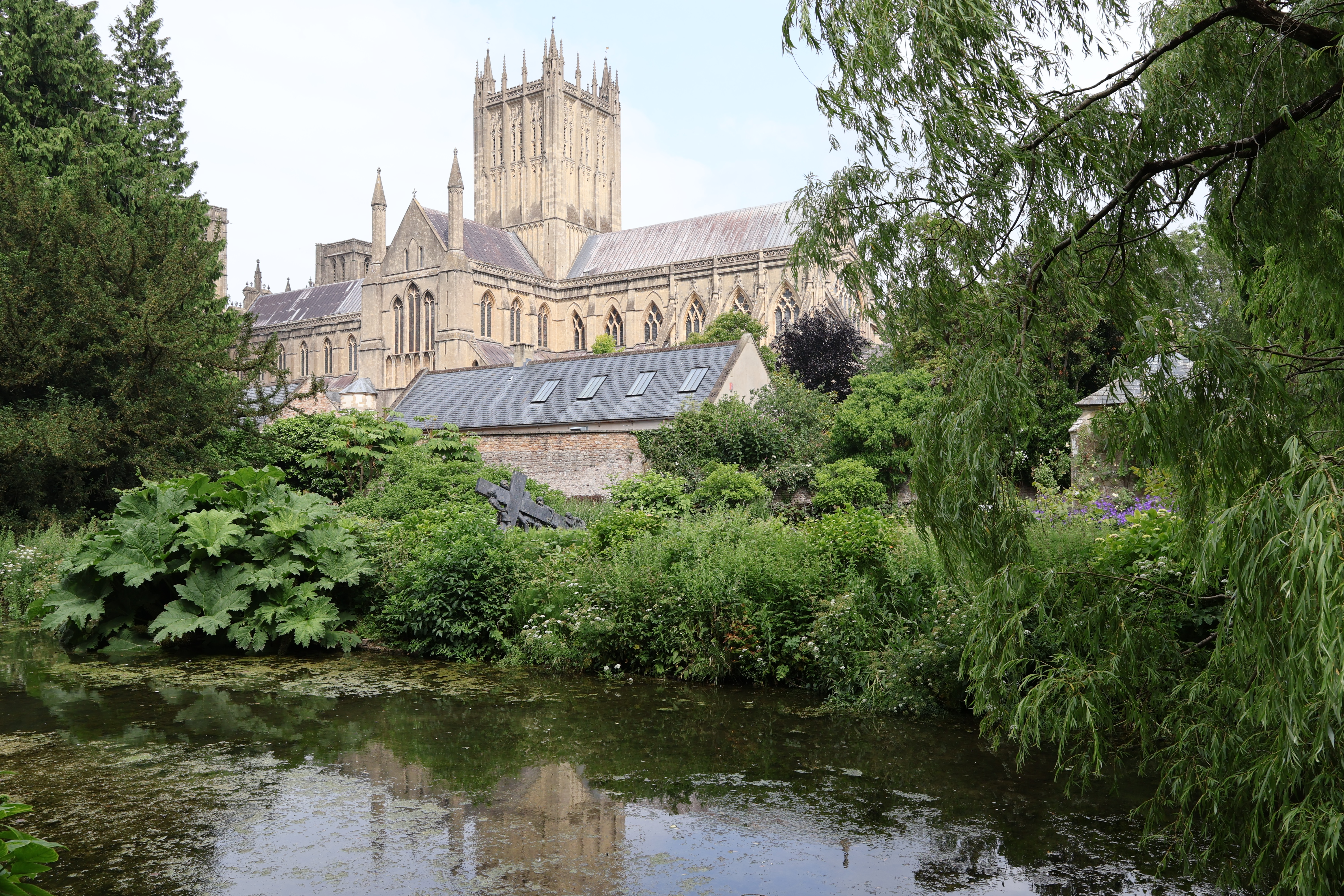









Sigma 17-40mm f/1.8 DC | A: Lab Results
We run a range of lab tests under controlled conditions, using the Imatest Master testing suite. Photos of test charts are taken across the range of apertures and zooms (where available), then analyzed for sharpness, distortion and chromatic aberrations.
We use Imatest SFR (spatial frequency response) charts and analysis software to plot lens resolution at the center of the image frame, corners and mid-point distances, across the range of aperture settings and, with zoom lenses, at four different focal lengths. The tests also measure distortion and color fringing (chromatic aberration).
Sharpness:
Throughout the entire zoom range, sharpness is very impressive across the whole image frame and right into the extreme edges and corners. The only slight caveat is that at the shortest focal length of 17mm, it pays to stop down to at least f/2.8 for the very best corner-sharpness.
Fringing:

Color fringing can be a little noticeable towards the edges and corners of the frame but it’s not generally an issue. Automatic in-camera correction is available as an easy fix.
Distortion:
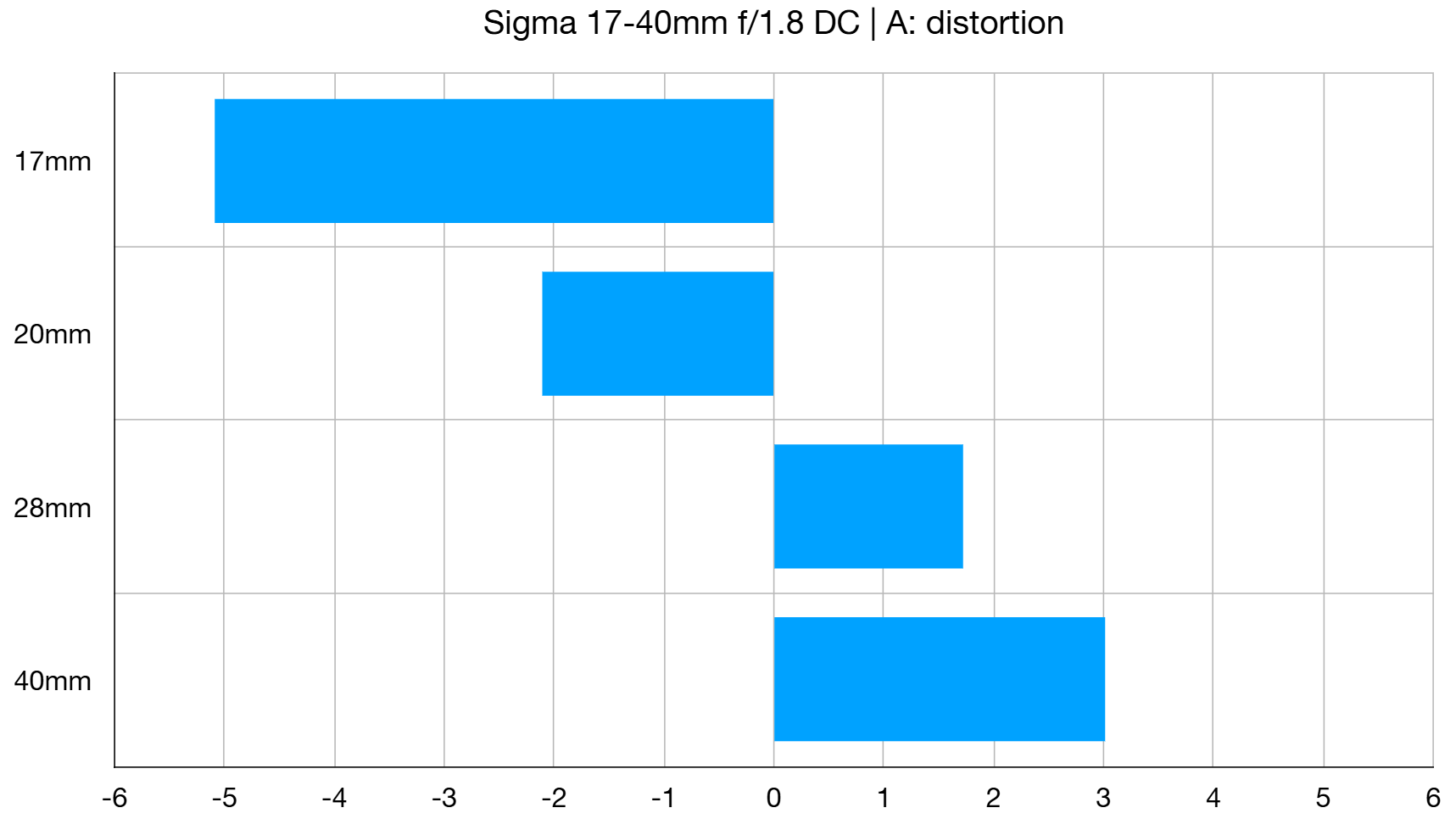
There’s fairly heavy barrel distortion at 17mm and noticeable pincushion at 40mm. Like many lenses designed for mirrorless cameras, the Sigma relies on automatic in-camera corrections for distortion.
Sigma 17-40mm f/1.8 DC | A: Verdict
The Sigma 17-40mm f/1.8 DC | A has made me rethink my opinion of fast zooms. Full-frame options that spring to mind include the Canon RF 28-70mm f/2 L USM, which weighs in at an unwieldy 1430g / 3.15lb and costs a huge $3,099 / £2,959.
There’s also the less weighty Sony FE 28-70mm f/2 G Master at 918g / 2lb, but still with an eye-watering price tag of $2,898 / £3,049. Naturally, this Sigma lens has a more easily achievable design target, as it’s for APS-C format cameras requiring a much smaller image circle.
Even so, to create this lens with such excellent handling, image quality and all-round performance, in such a comparatively compact and lightweight build, and at a knockdown price point is a mighty achievement. It’s a fabulous lens that really does take the place or three or even four prime lenses, and is something rather special.
Features ★★★★★ | Smart features include HLA autofocus, dual function buttons and an aperture ring or customizable control ring. |
Design ★★★★★ | It’s a superb design with fully internal zoom and focus, weather-seals and a remarkably compact and lightweight construction. |
Performance ★★★★★ | Excellent sharpness combines with beautiful bokeh, while autofocus is fast, reliably accurate and virtually silent. |
Value ★★★★★ | It’s certainly not a cheap lens but the Sigma is absolutely standout value for money for what it delivers. |
Alternatives
The Sigma 28-45mm f/1.8 DG DN | A is very much the full-frame sibling of the new APS-C format lens. The overall zoom range isn’t so extensive but it does have the same fast and constant f/1.8 aperture. It’s available in Sony E and L-mount options.
The Sigma 18-35mm f/1.8 DC HSM | A for Canon EF-S and Nikon F DX mount APS-C format DSLRs is the forebear of the 17-40mm lens for mirrorless cameras. It’s been around since 2013 and is often discounted at camera dealers.
Matthew Richards is a photographer and journalist who has spent years using and reviewing all manner of photo gear. He is Digital Camera World's principal lens reviewer – and has tested more primes and zooms than most people have had hot dinners!
His expertise with equipment doesn’t end there, though. He is also an encyclopedia when it comes to all manner of cameras, camera holsters and bags, flashguns, tripods and heads, printers, papers and inks, and just about anything imaging-related.
In an earlier life he was a broadcast engineer at the BBC, as well as a former editor of PC Guide.
You must confirm your public display name before commenting
Please logout and then login again, you will then be prompted to enter your display name.
